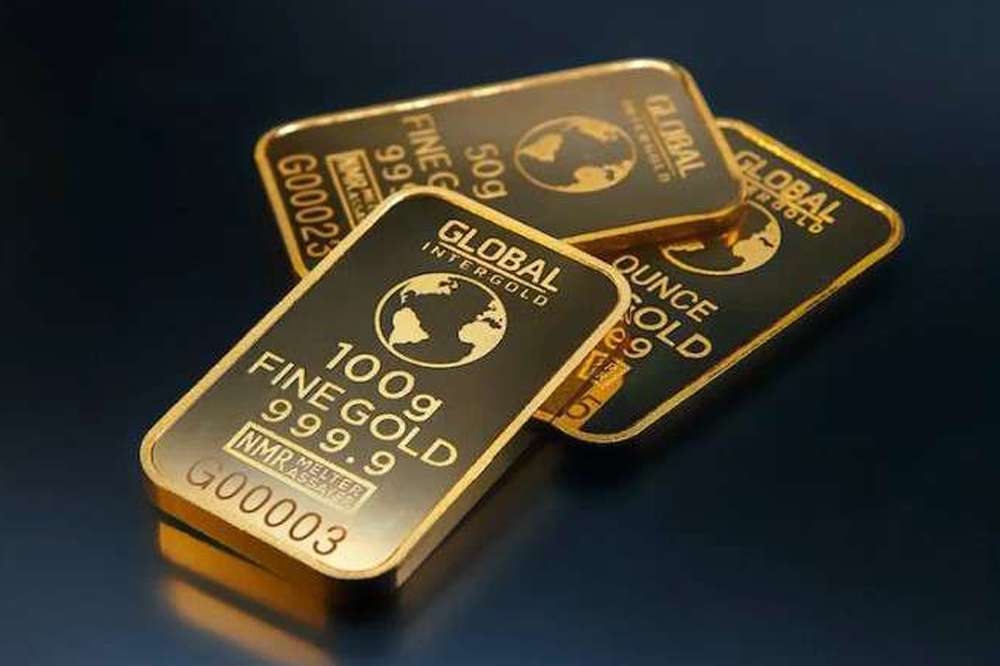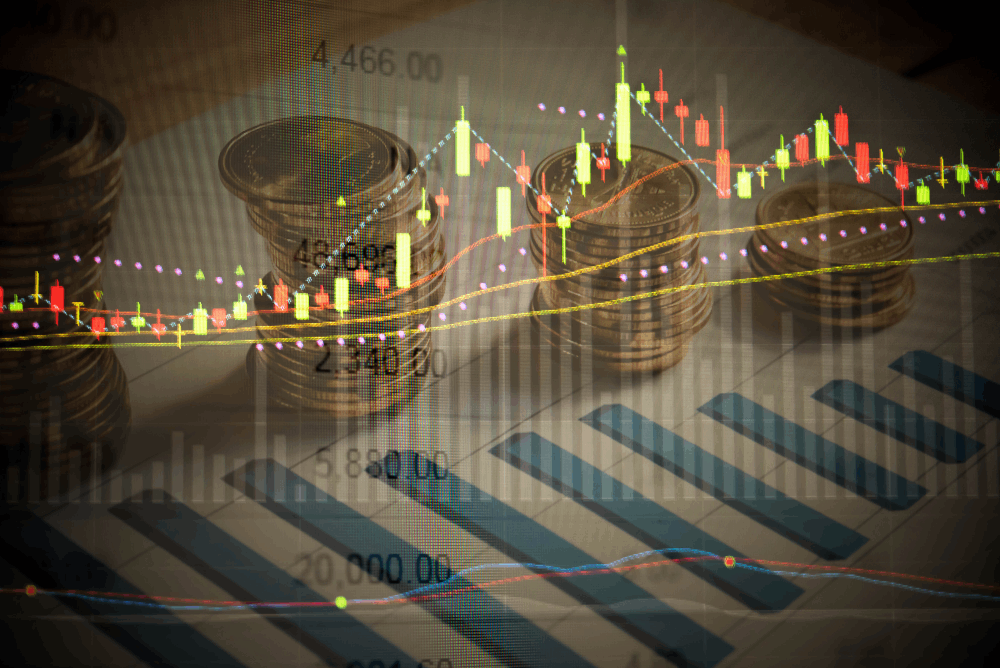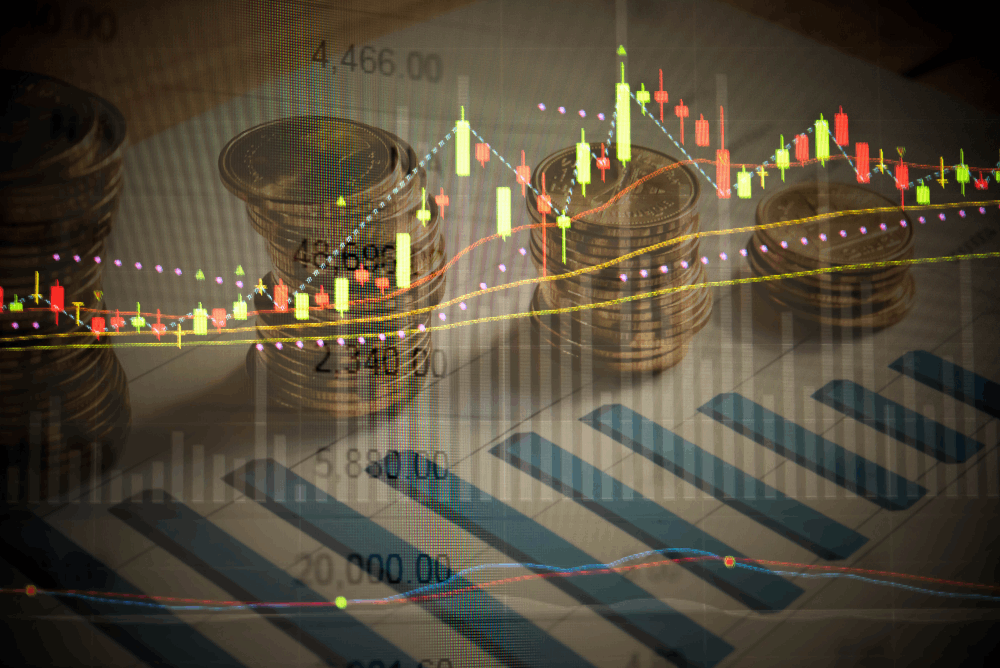Relative calm in gold movements awaiting Powell's speech tonight

Gold prices are experiencing relative calm at the start of the trading week, stabilizing below the historical peak of $2,685.55 per ounce reached last week.
- A series of stimulus measures announced by China continues to enhance investors' appetite for riskier assets, which is considered a key factor supporting precious metals. However, the risk of escalating geopolitical tensions in the Middle East helps limit the downside for the commodity.
- Additionally, expectations that the Federal Reserve will again lower borrowing costs by 50 basis points at its monetary policy meeting in November provide some support for the gold price.
- Meanwhile, the US dollar continues its sideways movement above its lowest level since July 2023, which was reached on Friday, suggesting that the path of least resistance for gold prices is upward. Traders are now looking to Federal Reserve Chair Jerome Powell's speech for new assurances that could move the markets.
- Investors now seem concerned about the potential expansion of military conflict in the Middle East, which acts as a support for gold prices as a traditional safe haven.
- Current market pricing indicates a greater chance that the US Federal Reserve will lower borrowing costs by 50 basis points for the second consecutive time at its monetary policy meeting in November. The dovish expectations for the Fed do not help the US dollar register any meaningful recovery from its lowest level since July 2023 and should contribute to limiting losses for the yellow metal.
- St. Louis Fed President Alberto Musalem said on Friday that the US central bank should return to gradually cutting interest rates after a larger-than-usual half-point reduction in the September meeting.
- The fear index has risen after the People's Bank of China announced on Sunday that it would instruct banks to lower mortgage rates for existing home loans by October 31. This comes in the wake of a series of monetary, fiscal, and liquidity support measures announced last week—China's largest stimulus package since the COVID pandemic.
- The official Manufacturing PMI in China improved to 49.8 in September from 49.1, surpassing expectations of 49.5, while the Non-Manufacturing PMI from the National Bureau of Statistics unexpectedly fell to 50.0 from 50.3 in August.
- Traders are now looking to Federal Reserve Chair Jerome Powell's speech for any signals regarding the future of interest rate cuts.
-------------------------------------
For more articles click here


